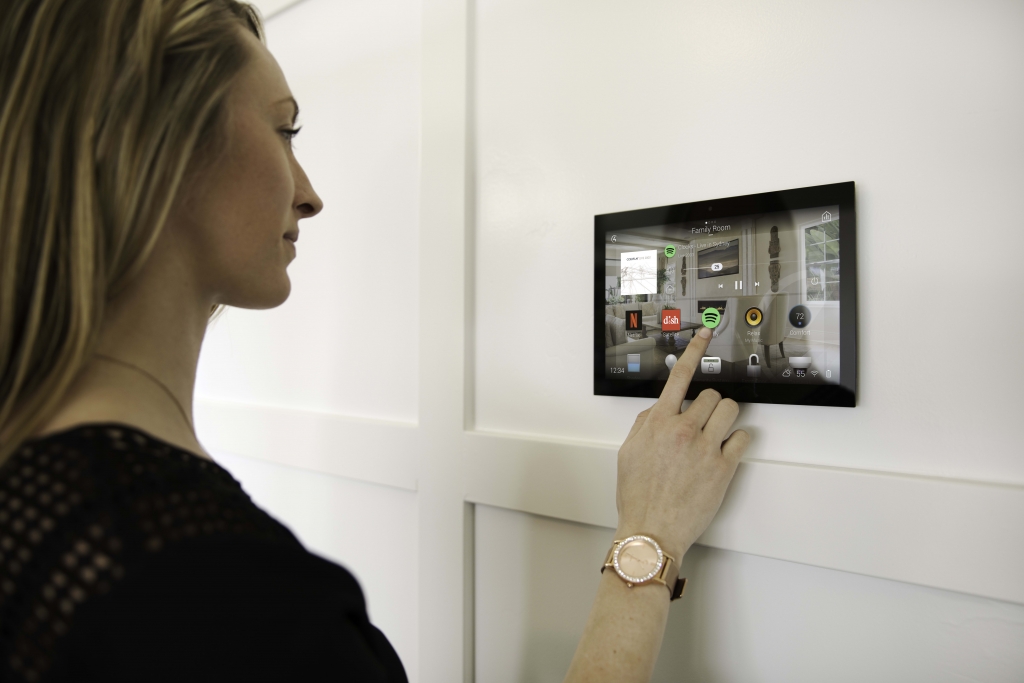Whole-home smart systems integrate all smart devices and systems in a home into one unified solution, aiming to optimize and manage the entire living environment through centralized control and automation. These systems typically cover lighting, temperature control, security, entertainment, curtains, door locks, appliances, and more, and can be managed through mobile apps, tablets, voice assistants, or wall-mounted control panels.

Key Features of a Whole-home Smart System:
- Centralized control: The whole-home smart system integrates all smart devices in the house on a single platform, allowing users to manage devices in different areas easily through one app or control panel. For example, users can turn off all the lights, lock the doors, and activate the security system with a single command when leaving the house.
- Automated scene settings: By presetting different usage scenarios, the system can automatically execute tasks based on user habits. For instance, in the morning, it can open the curtains, adjust the room temperature, and play music or news; at night, it can turn off the lights, lower the air conditioning, and activate the security system.
- Energy efficiency: The smart system can adjust devices based on environmental conditions like lighting, temperature, or occupancy, such as dimming lights or turning off unused appliances, thus reducing energy consumption and promoting efficiency.
- Voice control: Whole-home smart systems are typically integrated with mainstream voice assistants (e.g., Amazon Alexa, Google Assistant, Apple Siri), enabling users to control lights, temperature, sound systems, and more with simple voice commands.
- Remote monitoring and management: Users can control and monitor home devices remotely via mobile apps from anywhere in the world. For example, while away, they can check if the door is locked, view live security camera feeds, or adjust the thermostat.
- Smart security: The system integrates security cameras, door locks, alarms, and door/window sensors to offer comprehensive protection. When unusual events are detected, such as intrusions, smoke, or leaks, the system immediately alerts the user.
- Enhanced entertainment experience: The system can also integrate home theaters, speakers, TVs, and gaming devices to offer a top-notch entertainment experience. Users can control all audiovisual equipment with a single remote or voice command, activate movie mode, dim the lights, and start the film.
Application Scenarios:
- Home automation: Users can preset multiple scenes based on daily routines and needs, such as “away mode,” “home mode,” “movie mode,” or “sleep mode,” and the system will automatically carry out the corresponding tasks for a more convenient living experience.
- Security and surveillance: Smart locks, cameras, and door/window sensors ensure the home is secure, and users can check their home’s status and receive alerts about abnormal activities anytime through their phones.
- Energy management: Smart temperature control, lighting management, and appliance control optimize energy usage, reducing electricity bills.
Advantages of a Whole-home Smart System:
- Improved quality of life: It makes daily life more convenient and efficient, offering personalized smart scenes to enhance comfort.
- Energy savings: Smart energy management helps reduce waste and achieve eco-friendly energy savings.
- Enhanced security: With integrated security features, the system provides around-the-clock protection for the home.
In summary, whole-home smart systems integrate multiple smart devices to offer convenience, automation, remote control, and enhanced security, allowing users to enjoy a modern, comfortable, and efficient home living experience.
